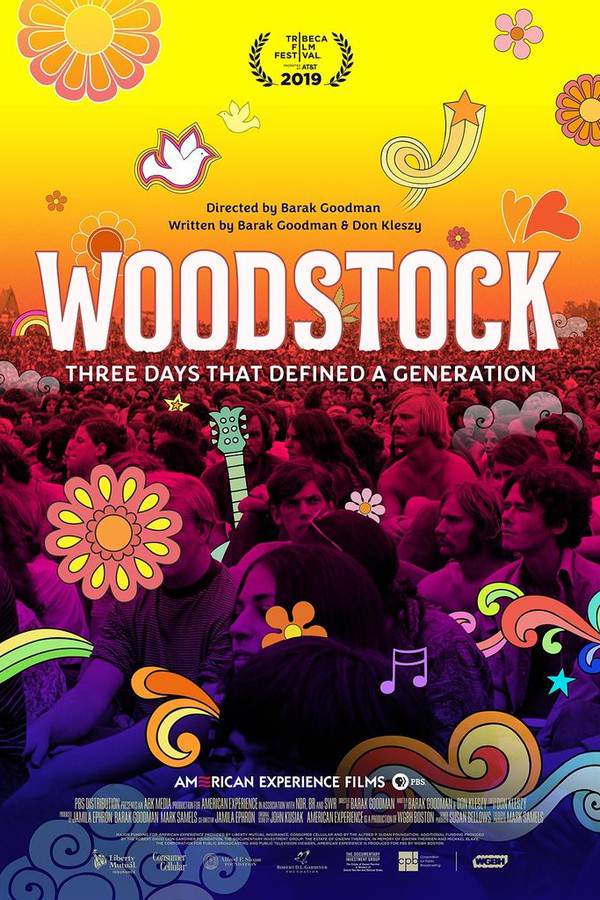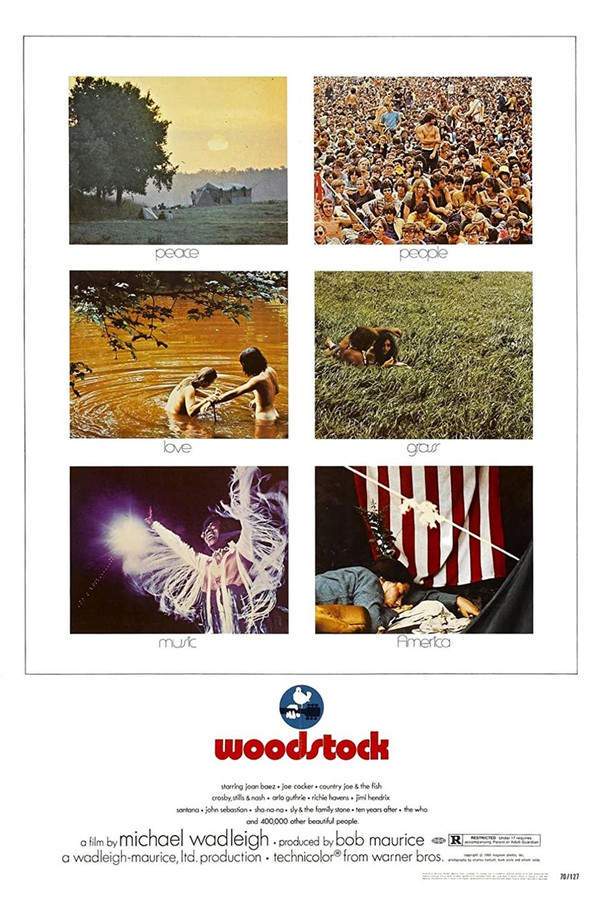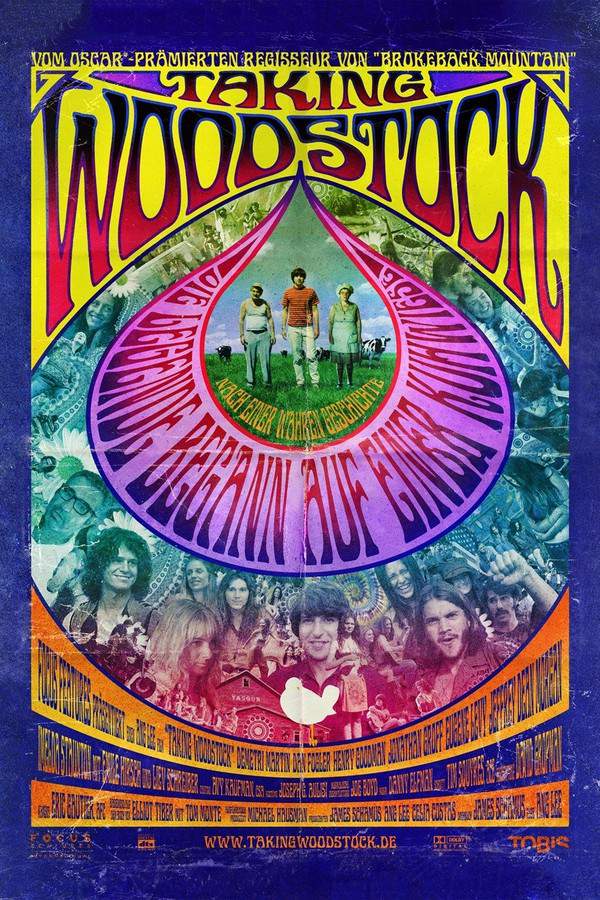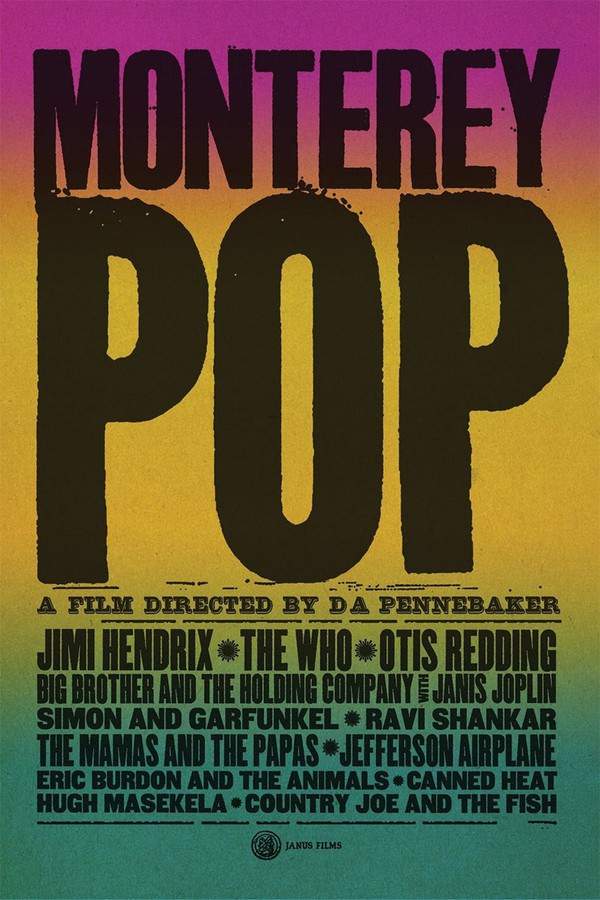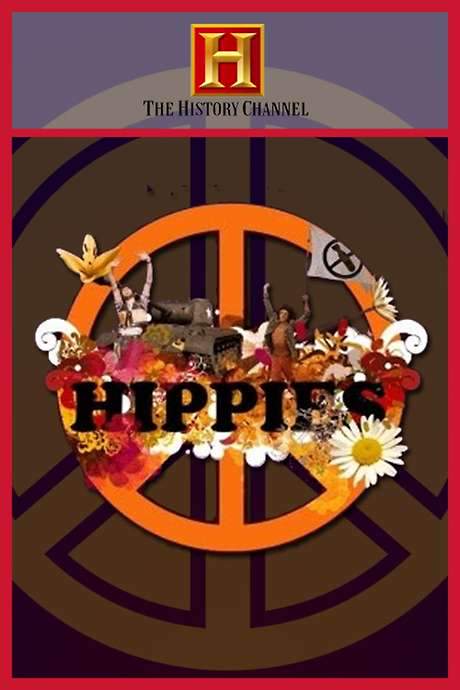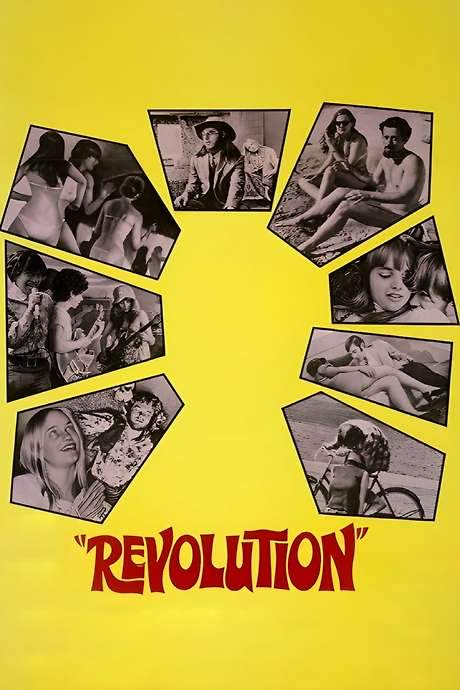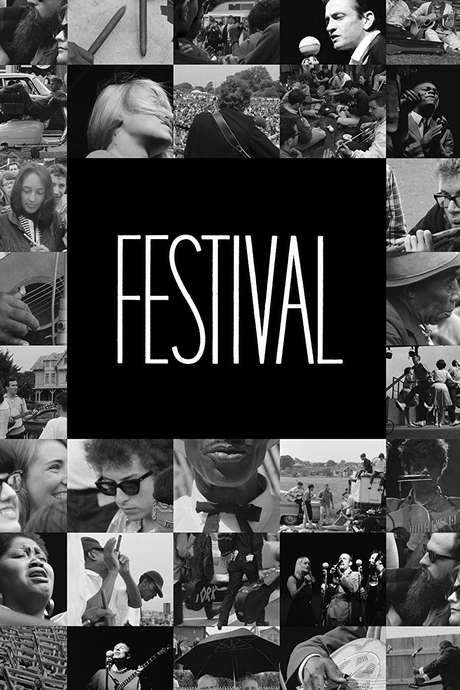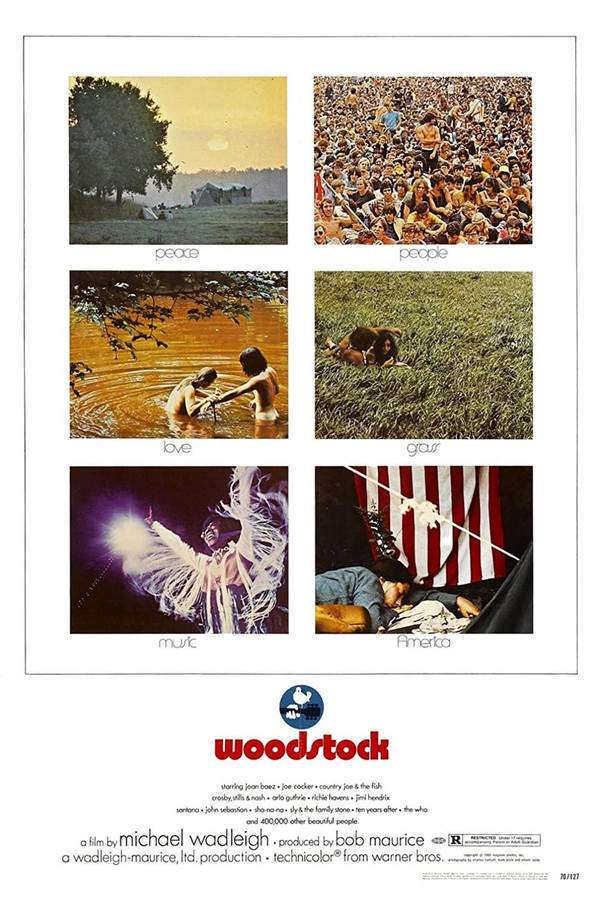
Woodstock
Year: 1970
Runtime: 184 min
Language: English
Director: Michael Wadleigh
In 1969, a sprawling music festival took place on a farm in upstate New York, becoming a pivotal moment in cultural history. The Woodstock Music & Art Fair attracted over half a million people seeking freedom and self-expression through music. Despite challenging weather conditions, the event showcased a diverse lineup of legendary performers and fostered a sense of unity and shared experience that resonated deeply with a generation. A dedicated camera crew documented the three days, preserving the spirit of the festival and its enduring legacy.
Warning: spoilers below!
Haven’t seen Woodstock yet? This summary contains major spoilers. Bookmark the page, watch the movie, and come back for the full breakdown. If you're ready, scroll on and relive the story!
Timeline & Setting – Woodstock (1970)
Explore the full timeline and setting of Woodstock (1970). Follow every major event in chronological order and see how the environment shapes the story, characters, and dramatic tension.
Last Updated: October 22, 2024 at 20:26
Main Characters – Woodstock (1970)
Meet the key characters of Woodstock (1970), with detailed profiles, motivations, and roles in the plot. Understand their emotional journeys and what they reveal about the film’s deeper themes.
Last Updated: October 22, 2024 at 20:26
Major Themes – Woodstock (1970)
Explore the central themes of Woodstock (1970), from psychological, social, and emotional dimensions to philosophical messages. Understand what the film is really saying beneath the surface.
Last Updated: October 22, 2024 at 20:26
Unlock the Full Story of Woodstock
Don't stop at just watching — explore Woodstock in full detail. From the complete plot summary and scene-by-scene timeline to character breakdowns, thematic analysis, and a deep dive into the ending — every page helps you truly understand what Woodstock is all about. Plus, discover what's next after the movie.
Woodstock Summary
Read a complete plot summary of Woodstock, including all key story points, character arcs, and turning points. This in-depth recap is ideal for understanding the narrative structure or reviewing what happened in the movie.

Woodstock Timeline
Track the full timeline of Woodstock with every major event arranged chronologically. Perfect for decoding non-linear storytelling, flashbacks, or parallel narratives with a clear scene-by-scene breakdown.

Similar Movies to Woodstock
Discover movies like Woodstock that share similar genres, themes, and storytelling elements. Whether you’re drawn to the atmosphere, character arcs, or plot structure, these curated recommendations will help you explore more films you’ll love.
Explore More About Movie Woodstock
Woodstock (1970) Plot Summary & Movie Recap
Woodstock (1970) Scene-by-Scene Movie Timeline
Woodstock (1970) Spoiler-Free Summary & Key Flow
Movies Like Woodstock – Similar Titles You’ll Enjoy
Woodstock: Three Days that Defined a Generation (2019) Story Summary & Characters
Woodstock 99: Peace Love and Rage (2021) Detailed Story Recap
Taking Woodstock (2009) Full Summary & Key Details
Woodstock ’99 (2000) Complete Plot Breakdown
Woodstock Diary (1994) Film Overview & Timeline
Monterey Pop (1968) Plot Summary & Ending Explained
Hippies (2007) Film Overview & Timeline
Black Woodstock (1969) Full Movie Breakdown
Trainwreck: Woodstock ’99 (1000) Plot Summary & Ending Explained
Woodstock: The Lost Performances (1990) Spoiler-Packed Plot Recap
Something’s Happening (1967) Plot Summary & Ending Explained
Revolution (1968) Detailed Story Recap
Celebration at Big Sur (1971) Spoiler-Packed Plot Recap
Festival (1967) Full Movie Breakdown
The US Festival 1982: The US Generation Documentary (2017) Story Summary & Characters



